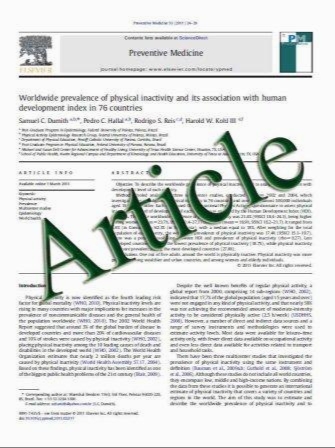Perioperative fluid overload increases anastomosis thrombosis in the free TRAM flap used for breast reconstruction
- نوع فایل : کتاب
- زبان : انگلیسی
- مؤلف : Darren Ivar Booi
- چاپ و سال / کشور: 2011
Description
To increase perfusion pressure with vasoactive drugs may be in conflict with the opinion of the reconstructive surgeon who maintains that the systemic administration of vasoactive agents causes vasoconstriction of the pedicle artery and the microvasculature. In free flap surgery, deliberate fluid therapy is used with a minimum of vasoactive drugs. This retrospective study was performed to analyse the perioperative fluid therapy, its effect on hemodynamic parameters and on the outcome of free flap surgery. One hundred and four patients were included in this retrospective study. The muscle sparing free transverse rectus abdominis myocutaneous flap was used for breast reconstruction. Perioperative hemodynamic data was used for this study. Twenty-seven patients had one or two complications requiring return to the operating room (OR). Two cases returned to the OR because of postoperative bleeding; in 11 patients, the anastomosis was revised. The reason for surgery in the latter group was venous stasis, due to thrombus formation at the venous anastomosis. The volume of fluid therapy was significantly higher in patients who returned to the OR due to thrombus formation at the anastomosis. Based on the results of this study, restricted intravenous fluid therapy or guided fluid therapy is recommended. Invasive monitoring such as central venous pressure and invasive arterial monitoring is recommended. Fluid loss should be replaced, and fluid overload should be avoided when the breast is reconstructed using free-tissue transfers
Eur J Plast Surg (2011) 34:81–86 DOI 10.1007/s00238-010-0466-9 Received: 8 March 2009 / Accepted: 3 June 2010 / Published online: 22 June 2010


